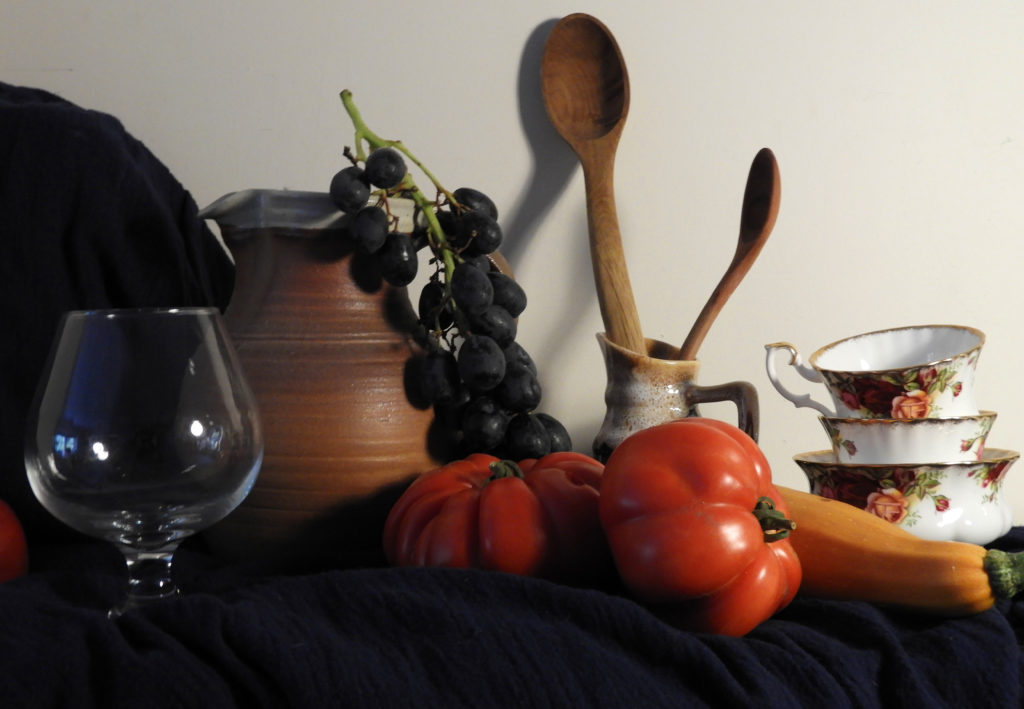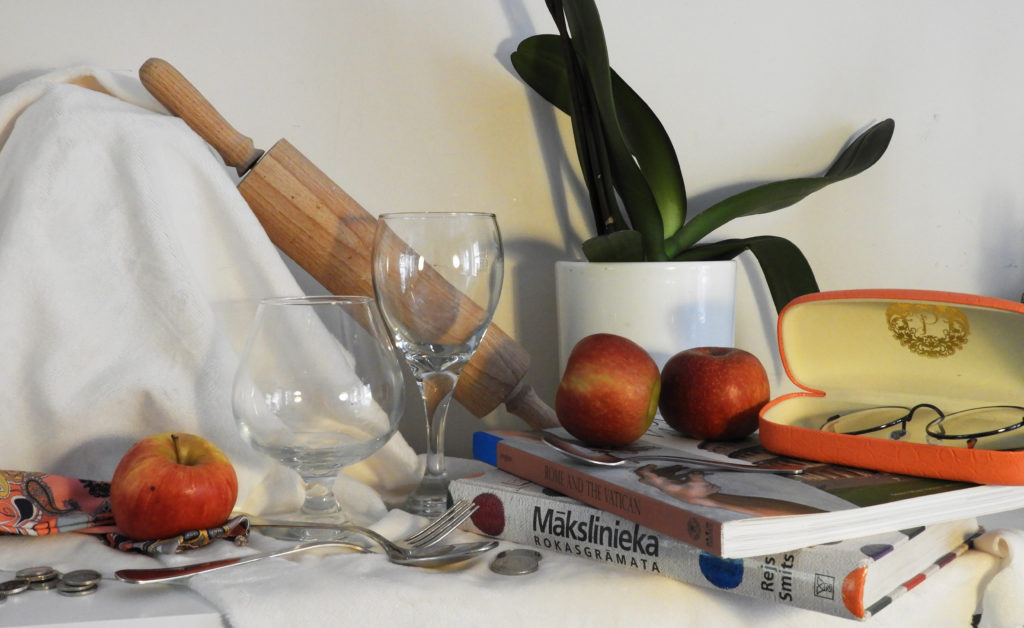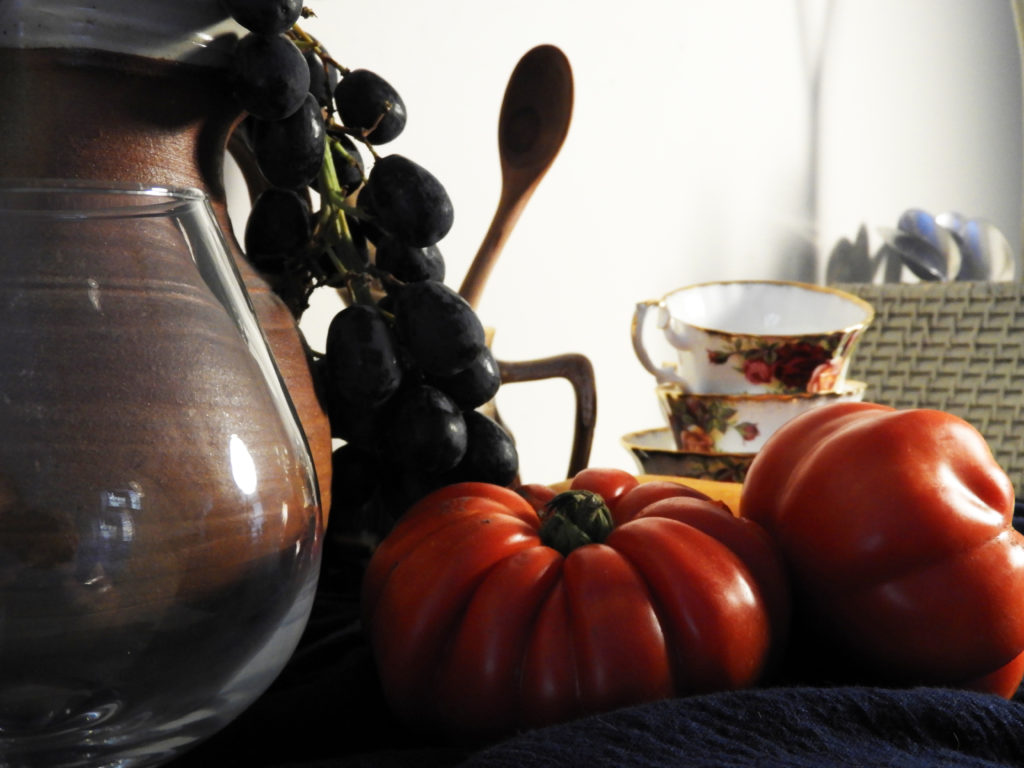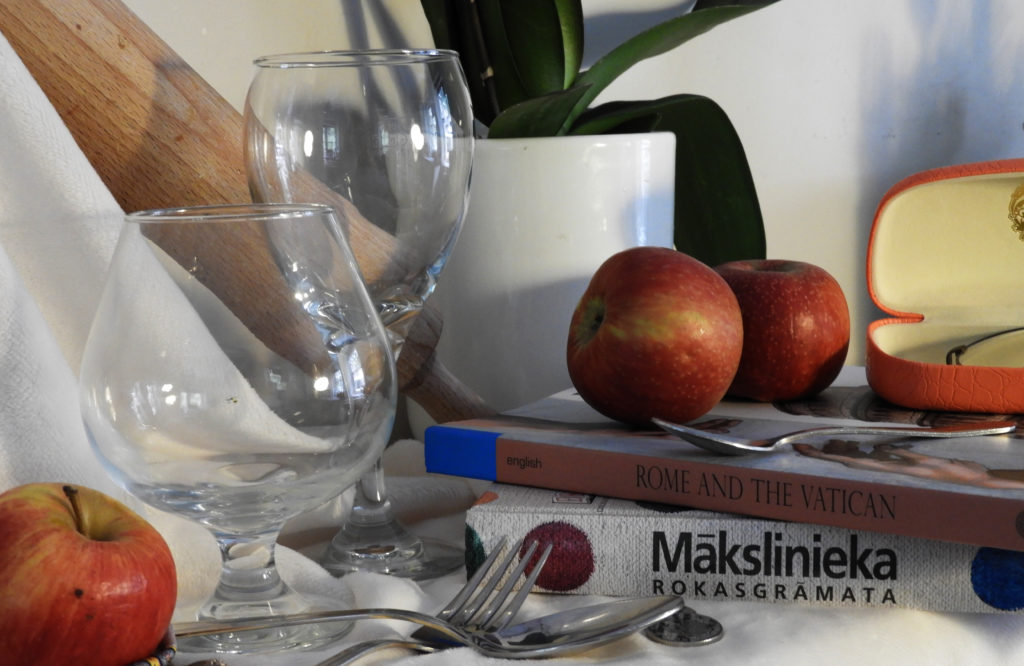EMERGENCE OF STILL LIFE:
In fine art, the term ‘still life’ denotes a specific genre of painting, typically comprising an arrangement of objects (traditionally flowers or kitchen utensils, but almost any household object may be included) laid out on a table in a natural and relaxed fashion, typically looking as if the set up has been used and left there.
The term is a direct translation of the Dutch word ‘Stilleven’, which was used from 1656 to describe paintings previously called simply ‘Fruit’ or ‘Flower Pieces’, or ‘Ontbijt’ (Breakfast Piece), Bancket (banquet) or Pronkstilleven pieces (from the Dutch word ‘pronk’ meaning ostentation), or if with religious overtones, in line with the new aesthetics of Protestant Reformation art – Vanitas painting.
Vanitas in art, a genre of still-life painting that flourished in the Netherlands in the early 17th century. A vanitas painting contains collections of objects symbolic of the inevitability of death and the transience and vanity of earthly achievements and pleasures; it exhorts the viewer to consider mortality and to repent. It is often also classified as still life therefore falling underneath the art style as a sub-genre.
EXAMPLES OF STILL LIFE:
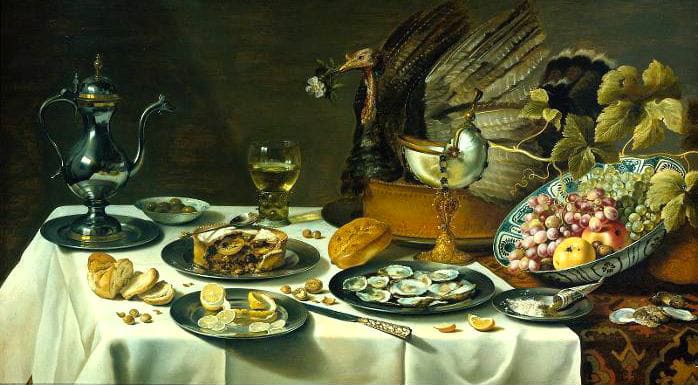

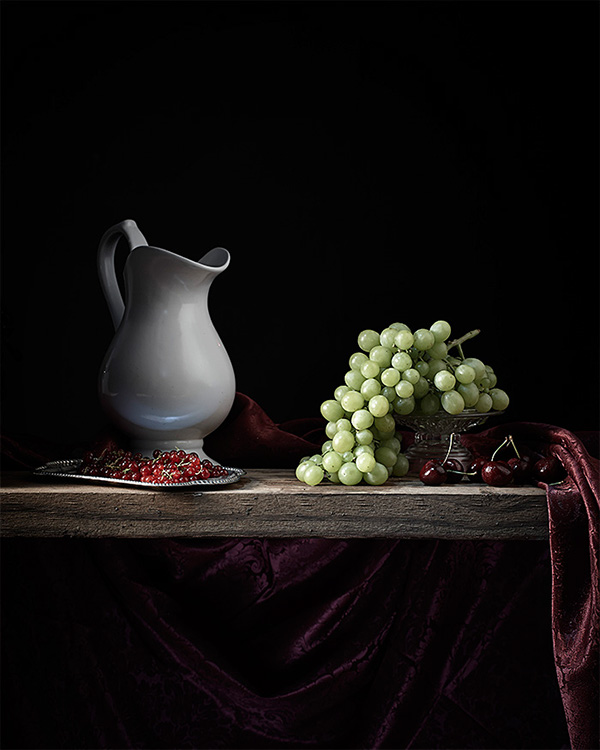

At the beginning of the 17th century, still life paintings featuring flowers became immensely popular. Flemish-painter Karel van Mander focused on floral motifs, as did Northern Mannerist artists such as Cornelia van Haarlem, whose floral works did not survive. However, floral paintings by Jan Brueghel the Elder and Ambrosius Bosschaert did survive.
CRITICAL ANALYSIS:

WEALTH:
In the context of when this painting was created, the various items seen depicted in the image are all indicators of wealth status and power through the sheer expense and difficult attainability of them. For example, the silverware and pots with the intricate patterns painted on them would have very likely been made for the wealthy as silver and other precious metals would have been very difficult and expensive for the lower class to attain and buy. The lobster seen in the top half of the image is another clear sign of wealth, even in our modern society, lobster is an expensive, luxury food which is typically priced very high, being even more lavish in the 17th and 18th century. Various depictions of fruits and vegetables can also be seen in the image such as oranges, melon and peaches, once again these are very clear indicators of wealth as they would have typically been very hard to source due to the fact that they could only be grown in more tropical, warm climates meaning they would have to be imported from elsewhere.
STATUS:
What, how and where people ate in Tudor times depended greatly on who they were: the rich nobility enjoyed lavish feasts of meat, seafood and sugary treats, while yeomen and laborers were restricted to a diet of bread, pottages and vegetables. Everything from the number of dishes eaten to the ways in which food was served was dictated by status. In Tudor England, maintaining the difference between ranks was so important to the concept of a well-ordered society that efforts were made to enshrine the distinctions between the classes in ‘sumptuary’ laws. These laws tried to control what you ate and wore, according to your position in the God-given hierarchy, which stretched from the king at the top, down through the numerous grades of nobility and clergy, to the gentry, yeomen and finally the laborers at the bottom of the heap.
POWER:
Much of the symbolism used in still life art represents status, especially when we look back in time; of course, some more modern still life paintings are used more as a social commentary. Symbolism is a powerful part of art and a tool that both artists and viewers can use; subconsciously and consciously. One painting could have many different meanings to many different people – that is the beauty of art, it is never rigid.
WHAT DIFFERENT ITEMS SYMBOLIZE:
Skulls – The depiction of a skull could represent several things,perhaps the most obvious option and universal is death. This positioning of the skull can alter how the painting is read; for example if the skull is displayed in the foreground of the painting it could be read as warning.
Musical Instruments – these items were considered to be extremely luxurious, therefore if an instrument in excellent condition (such as a flute) was depicted, it would be read a symbol of wealth – this would certainly be more prevalent in more historical 18th century still life art. On the other hand, a damaged or old musical instrument could represent loss of wealth or be representative of a family heirloom.
Purple Silk/Material – in many paintings you will see purple silk or material; this will often soften the imagery however, it can also be representative of royalty and luxurious living – especially if the material is purple. Other material such as white cotton, especially when displayed with wine and bread can hold spiritual and religious connotations.
Books – Books are a universal representation of knowledge and learning often referring to power and educated status.
Lilies – Flowers often represent life in paintings; however, the lily often refers to death as it is the traditional flower used at funerals.
Objects from Overseas – Paintings with oriental vases and sculptures refer to travel – again this refers to status and creates an exotic connotation.
MY OWN PREVIOUS WORK:
In my previous work, I also explored the theme of still life ad using various symbolisms to create the images. I used items which I thought would be fitting for the images such as fruit, glassware and pottery. I also added some cutlery in order to add other symbolisms of wealth. In one of the shoots I added a dark base using cloth and created chiaroscuro lighting in order to give it that authentic still life feel. Overall I think I succeeded to create the right composition, but in order to make it truly authentic, the images should have a dark or black backdrop with more visual representation of fruits and or plants, as that is what is most common in still life imagery.

